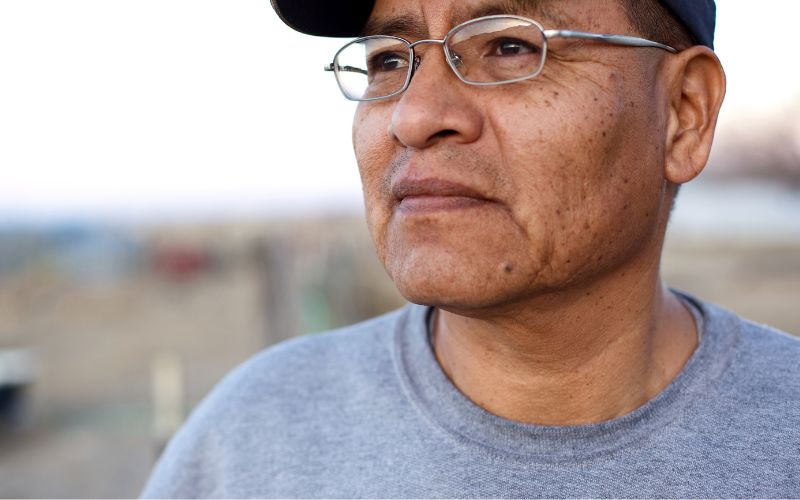
- Details
- By Native News Online Staff
However, the study notes that individuals who receive their care solely through the Indian Health Service (IHS) are considered uninsured by Census surveys. IHS serves close to 80 percent of Native Americans and Alaska Natives with health care in the United States, a press representative told Native News Online. In 2023, IHS reported that about 20 percent (or 1,648,603, of Native Americans and Alaska Natives received health care services from them.
The June 7 report, Health Insurance Coverage and Access to Care among American Indians and Alaska Natives: Recent Trends and Key Challenges, was published by the U.S. Department of Health and Human Services.
A key finding of the report was that the uninsured rate among American Indians and Alaska Natives under 65 decreased 12 percentage points since the passage of the Affordable Care Act, from 32 percent in 2010 to almost 20 percent in 2022.
But among the nonelderly, Natives were nearly three times as likely as their white counterparts to be uninsured in 2022.
In relation to the highest uninsured rates, Native communities continue to face disproportionate health disparities compared to other races.
“The AI/AN population is disproportionately affected by certain health conditions such as diabetes and has higher mortality rates from liver disease, diabetes, chronic lower respiratory diseases, suicide, and accidents compared to other Americans,” the report notes. “In addition to limited health care access, several other factors that affect health outcomes are more prevalent in many AI/AN communities compared to the U.S. general population, such as poor infrastructure, lack of adequate sanitation facilities, and lack of access to a safe drinking water supply. Historical trauma – the long-term intergenerational effect of colonization and historical cultural suppression of Indigenous peoples – also contributes to health disparities in AI/AN communities.”
As a solution, the report writes, the Biden Harris Administration has proposed in the FY 2025 budget: making the enhanced premium tax credits for Marketplace enrollment permanent, creating Medicaid-like coverage for low-income individuals living in states that have not expanded Medicaid under the Affordable Care Act, and promoting continuity of coverage and care for children enrolled in Medicaid.
To increase access to care, the report notes, it is also necessary to recruit and retain additional physicians, nurses, pharmacists, dentists, and other health professionals “to ensure the Indian health care system has a strong capacity to deliver services in AI/AN communities.”
“IHS agrees that increased access to health coverage brings additional resources into the Indian health care system, which is crucial for advancing health equity in Native communities,” a press person at IHS wrote to Native News Online. “These additional resources are used by IHS every day to purchase equipment and hire additional providers in order to provide increased health care access for AI/ANs.”
Additionally, they wrote, IHS agrees that proposed investments included in the President’s Fiscal Year 2025 Budget will further increase health coverage, “including permanently extending coverage to low-income individuals in states that have not expanded Medicaid, [which] could help address persistent health disparities in the AI/AN population.”
More Stories Like This
Trump Administration Cuts End Five Indigenous Health Programs at Johns HopkinsNavajo MMDR Task Force Addresses Gaps in Missing Persons Cases, Strengthens Alerts
Tribe Sues IHS Over Rejected Opioid Treatment Facility as Natives See Highest Overdose Rates
House Passes Bill to Extend ACA Subsidies for 3 Years
Cherokee Nation Proposes $30 Million OU Nursing School Partnership to Expand Health Workforce


